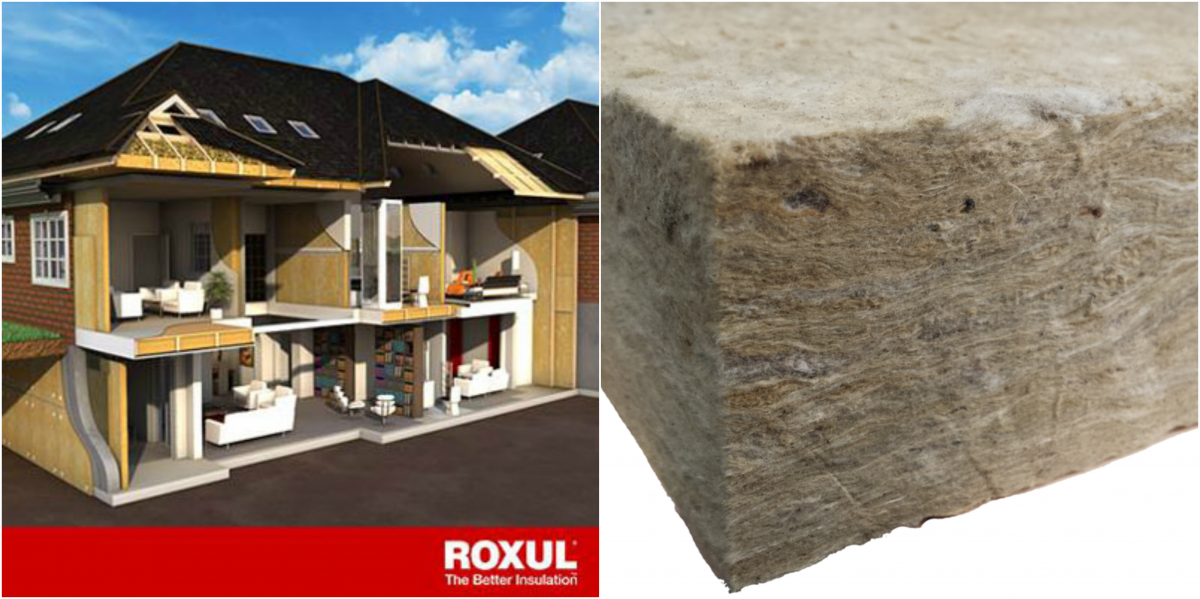A quick reflection on high-performance principles discussed in 2022
As we wind down the year, the data nerds in us wanted to see which AE blog post topics resonated most in 2022. After reviewing our performance stats, here’s what we discovered and are now labeling “hottest high-performance topics from 2022.”
Here’s what this tells us, there is an appetite for understanding the building envelope and airtightness, energy-efficient windows are important to the overall project, and there is an increased awareness for Passive House Practices.
1. Debunking the Myth that Insulation is ALWAYS Better Than Glazing for Thermal Performance
The immediate place our minds go when it comes to improving the performance of a wall is to insulate. That seems to be the easiest and simplest approach to improving performance and energy efficiency. But, what if we told you the glazing is where you really get the bigger bang for your buck? Would you be surprised?
Most people are, and note we are assuming more standard residential construction, and assumptions include 2X framing and batt insulation. Construction with steel studs, concrete, continuous insulation, thermal bridging, etc., alter the results in different ways.
A window is essentially a thermal “hole in the dike,” and insulation in walls above certain R-Values becomes less and less helpful when looking at the overall performance of the wall – window included.
Okay, so we can all get behind the idea that insulation in the walls is a good thing, and surely it’s effective for energy-efficiency. Is it not a pretty bold statement to say that glazing is MORE effective?
While it feels counterintuitive, going for the high-performing windows actually moves the needle further than beefing up insulation in the wall itself. Read more about how we debunk the myth and prove the math.
Plus, watch this video by Todd, going into more detail on frame types, triple vs. quad panes, spacer options, and gas types.
2. Anatomy of a Window: Basics for High-Performance Windows
It’s time to get up close and personal with windows! We usually just focus on the scene we can see through the window, but what looks so simple can actually be very complex.
Windows are one of the most important features in a home, especially if you love where you live (like we do here in Colorado)! You want to let the local scenery and the sunshine in, but you also don’t want to sacrifice thermal efficiency. That’s why it’s so important to get the window purchase right when you’re building or upgrading a home.
There are 3 main sections to the overall anatomy of a window:
- Frames
- Spacers
- Glass
While we often focus on the stunning view through the glass—understanding ALL parts of the window is vital for overall performance and ultimately providing better thermal performance for any house. Continue over to the full blog post for more on the anatomy and the most common options for residential window glass.
3. Collins-Ruddy Residence Part I (retrofit)
We explored how our very own Todd Collins retrofitted his home.
The Collins-Ruddy Residence is probably much like your own home: it wasn’t built from scratch with Passive Haus/energy-efficiency in mind. So many homeowners buy a home that meets other needs but often doesn’t tick the box of efficiency. And so, we enter a retrofit situation!
The Collins-Ruddy Residence is a 1971 tri-level home with a basement (four levels in total) with 2×4 construction, and fiberglass batt insulation. The home had the original single-pane aluminum frame windows replaced, but they were still lower-performance windows. The house has forced air heat with a gas furnace, and a gas hot water heater as well. The house also came with a programmable thermostat, a reasonably new range with a convection oven, an electric resistance cooktop, and an old Montgomery Ward Fridge.
The Collins-Ruddy family keeps the thermostat roughly at 68 degrees F in evenings and mornings, and 60 degrees F at night and when not occupied. Read the full post to see what went into phase one of Todd’s energy retrofit.
Get a tour of Todd’s house and progress in this video.
The team at AE Building Systems sends out a monthly newsletter with Passive House and high-performance building insights—have you subscribed? We wish all our clients, colleagues and industry friends a wonderful New Year; see you in 2023.



